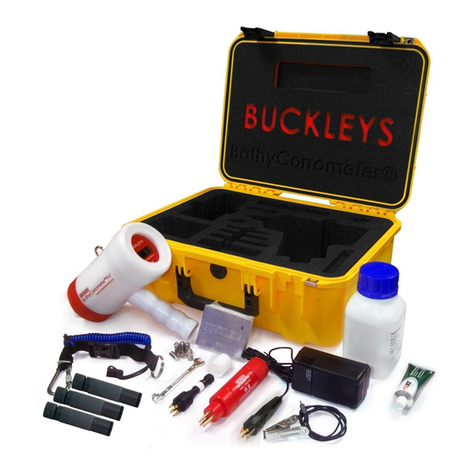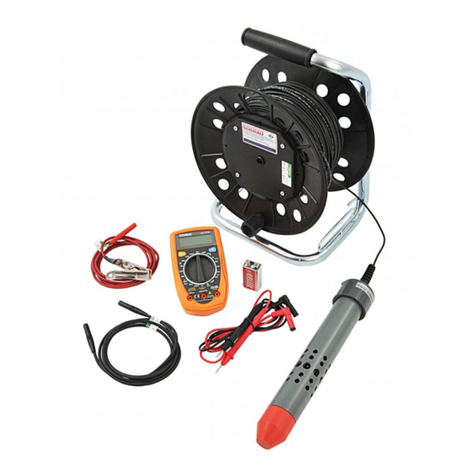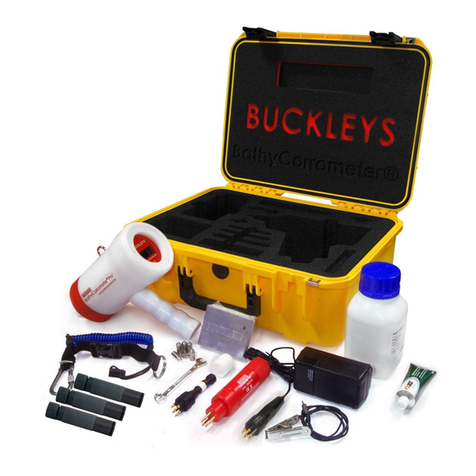
Instruction Manual
2
Contents
Description .........................................................................................................................3
Probe Tips........................................................................................................................3
Shorting Plug...................................................................................................................3
Battery .............................................................................................................................3
Technical data ..................................................................................................................4
Unpacking..........................................................................................................................5
Operation...........................................................................................................................5
BathyCorrometer® Pro’ unit .........................................................................................5
BathyCorrometer® Pro’ Charger.................................................................................6
Calibration.......................................................................................................................... 7
Electronics Calibration Check .....................................................................................7
Test procedure using screw-on K-SAT Reference Electrode.....................................7
Using Zinc & Magnesium test blocks ............................................................................. 10
Replacement of the Screw-In Reference Electrode .................................................. 10
Maintenance ...................................................................................................................11
Safety ................................................................................................................................11
Electromagnetic compatibility ...................................................................................... 12
European Union Directive........................................................................................... 12
Long-term storage ........................................................................................................... 12
Laying-up ...................................................................................................................... 12
Re-Commissioning ....................................................................................................... 12
Disposal information........................................................................................................ 13
EC Declaration of Conformity .......................................................................................14
UKCA Declaration of Conformity .................................................................................. 14
Contact details ................................................................................................................15
Distributor details.............................................................................................................. 15
Product registration.........................................................................................................16






























